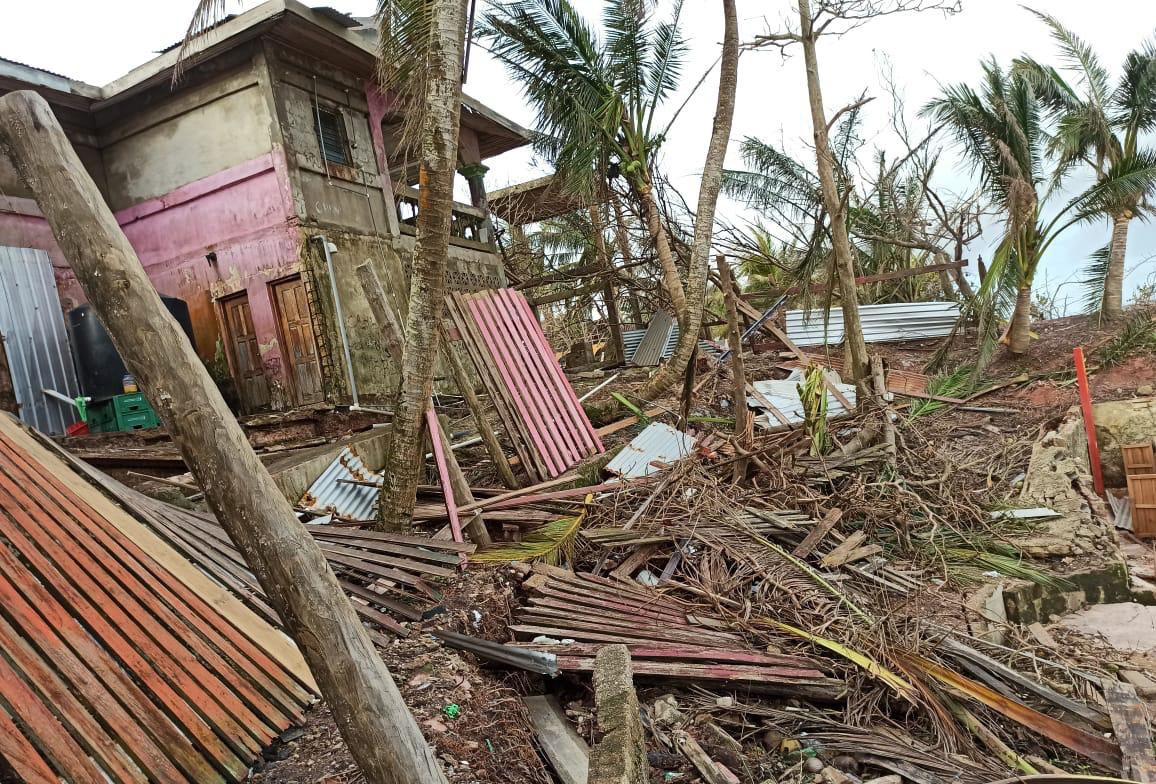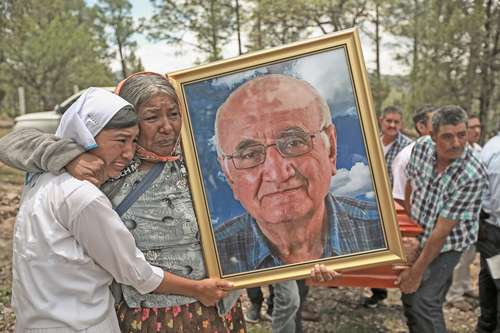The Government of Nicaragua anticipated this Tuesday the presence of a potential tropical cyclone in the Caribbean Sea, and began preparations for a possible impact on its east coast.
“We are working to protect everyone from the announcement that began to be known Friday, Saturday, Sunday, of a new phenomenon that could be destructive on our Caribbean coast,” Nicaraguan Vice President Rosario Murillo said in a speech.
The authorities of the institutions that make up the National System for the Prevention, Mitigation and Attention of Disasters (Sinapred), and that monitor the meteorological disturbance located this afternoon in the east of Trinidad and Tobago, began constant meetings to carry out the preparations that reduce the damage , in case the phenomenon becomes a hurricane, according to the also first lady.
According to the numerical weather prediction models of the National Hurricane Center (NHC) of the United States, the disturbance has a 70% chance of becoming a tropical storm between this Tuesday and Thursday afternoon, and 90% in the next five days.
Related news: Caribbeans fear losing everything again due to hurricanes and storms
If the projections hold up, a hurricane, possibly called Bonnie, would be forming next Friday off the Caribbean coast of Nicaragua, after hurricanes Joan (1998) and Felix (2007) followed the same path, which left a catastrophic wake.
The authorities of the possible impact zone have informed, through Nicaraguan government media, that they have more than 300 shelter centers ready, in case evacuations are necessary.
The Nicaraguan Army Naval Force announced that it will suspend sailings in the event of bad weather in the Caribbean Sea.
This Tuesday afternoon, tropical storm warnings were issued in Aruba, Bonaire, Curaçao, Grenada, and Trinidad and Tobago, as well as in parts of Colombia and Venezuela.
In 2020, the Caribbean coast of Nicaragua was hit by hurricanes Eta and Iota, in categories 4 and 5, respectively on the Saffir-Simpson scale, just 13 days apart, resulting in destruction and death.
The impact of hurricanes on the east coast of Nicaragua is common, since the Central American country has a coastline of more than 500 kilometers facing the Caribbean Sea, one of the most cyclonic areas in the world.

















